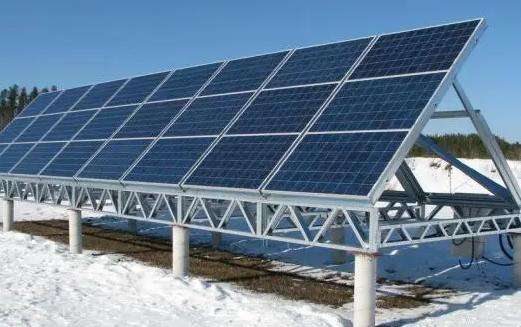Generators are generally composed of stators, rotors, end covers, bearings and other components.
The main function of the stator is to generate a rotating magnetic field.
The main function of the rotor is to be cut by the magnetic lines in the rotating magnetic field to generate (output) a current.
The stator consists of the stator core, wire windings, machine base and other structural parts that secure these parts.
The rotor is composed of a rotor core winding (or magnetic pole, magnetic yoke), retaining ring, center ring, slip ring, a fan and a rotating shaft.
The stator and rotor of the generator are connected and assembled by the bearings and end covers, so that the rotor can rotate in the stator and carry out the cutting movement of the magnetic lines of force, generatethus having an induced effect. electric potential, which is discharged through the terminals and connected to the circuit, an electric current is generated.
Detailed information:
The classification of generators includes:
Generators are divided into: direct current generators and alternating current generators;
< p>AC generators Machine classification: synchronous generator and asynchronous generator (rarely used);Alternator can also be divided into single-phase generator and three-phase generator.
There are many types of generators. In principle, they are divided into synchronous generators, asynchronous generators, single-phase generators and three-phase generators. In terms of generation method, they are divided into steam turbine generators, hydraulic generators, diesel generators, gasoline generators, etc. In tenergy generators, it is divided into thermal generators, hydraulic generators, etc.
References Baidu Encyclopedia - Generator
Baidu Encyclopedia - Stator
What to do do if there are sparks in the carbon brushes of the generator
(1) Smoke or fire occurs in the generator or exciter, or a hydrogen explosion occurs in the generator.
(2) The main transformer and the high-power transformer have serious defects and need to be shut down urgently.
(3) The generator sealing oil is interrupted and cannot be restored quickly.
(4) A strong ring spark occurs in the slip ring of the generator or main exciter and cannot be eliminated.
(5) The generator vibrates strongly (far exceeding the specified allowable value).
(6) The steam turbine tripped but the generator main circuit breaker did not trip.
(7) Other accidents endangering the safety of people and equipment occur.
How to deal with sparking in generator carbon brushes
1. Check if the broom length is too short and reaches the lifeline, resulting in too little pressure and the broom cannot contact the slide. ring;
p>
2. Check the pressure of the spring pressure finger.Is it suitable? If it is too small, it will cause the brush to skip and dump;
3. Check the surface finish of the slip ring. If it is too hairy, it will increase the contact resistance of the brush and. cause large sparks;
4. Electrically check the rotor to ensure that the resistance is normal and that there are no shorts between turns
5. is too large, resulting in significant brush runout on the slip ring when the rotor rotates. Check if the quantity is too large. The brush bounces and sparks;
6. In addition, if the brush is consistent with the one used previously. The brush has requirements for conductive current and friction speed.
Methods to prevent sparking from generator carbon brushes: Check carbon brushes and slip rings daily
1. The wear length of the carbon brushes should not exceed 2/3. When the wear length of the carbon brush exceeds 2/3 (that is, the top of the carbon brush and the top of the brush holder are on the same plane), it should be replaced.
2. There is no spark from the carbon brush. When the carbon brush just begins to spark, it is necessary to find the cause and eliminate it in time.
3. There is no deviation of the carbon brush from the outside of the slip ring, and there is no crack on the edge of the carbon brush.
4. The carbon brush braid is well connected to the brush holder and the carbon brush, and there is no heat or contact with the brush holder.
5. The carbon brush does not jump, shake or get stuck in the brush holder.














